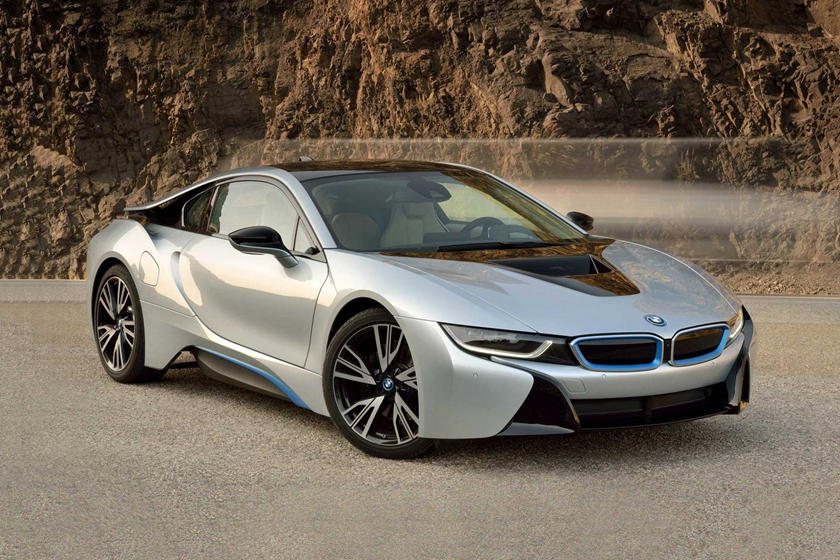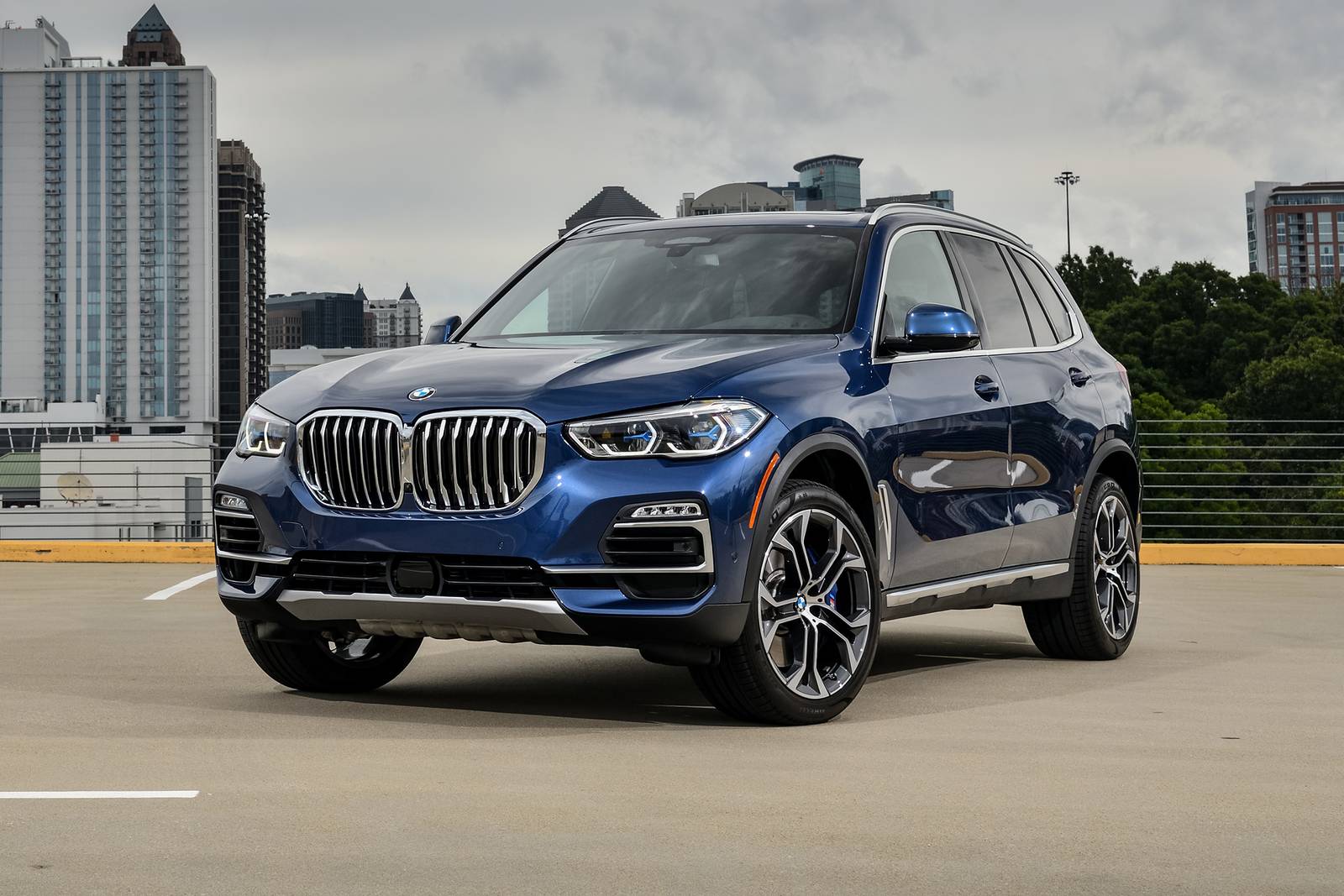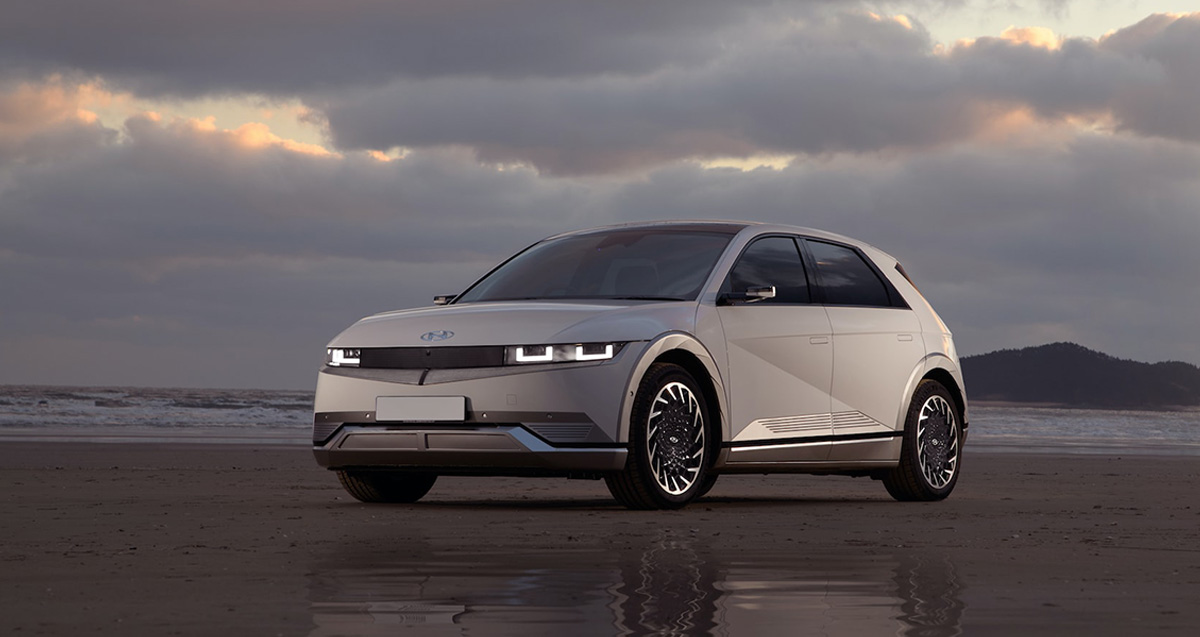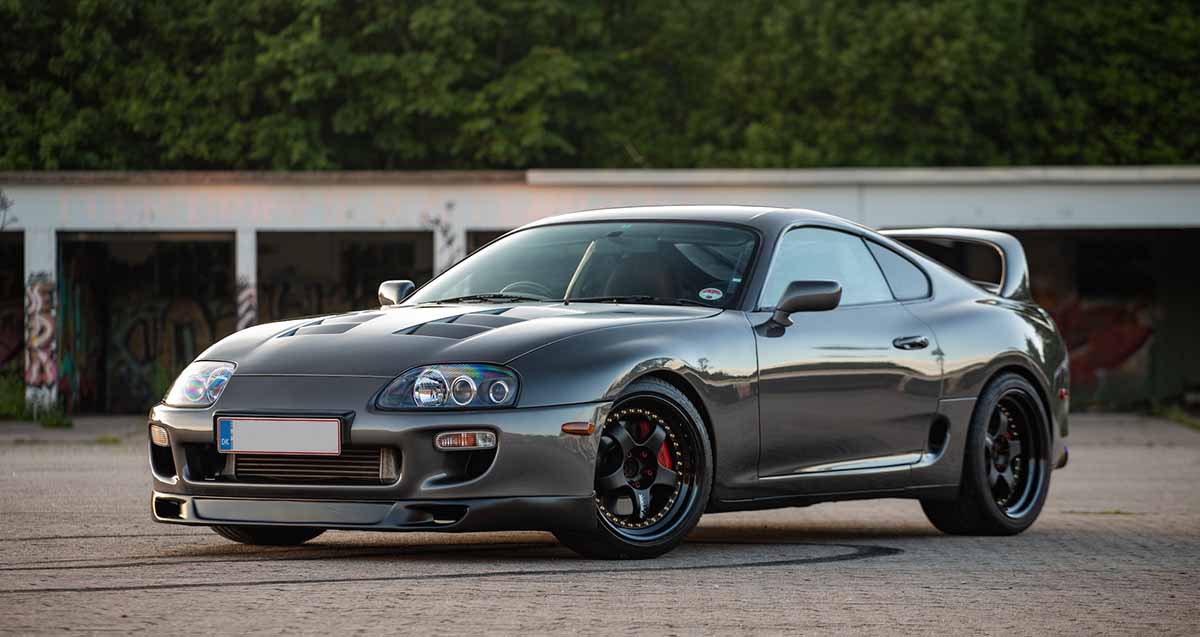Because of the performance-enhancing qualities of electricity, hybrid sports cars are becoming more common, but the 2020 BMW i8 is more about looking fast than going fast. Regardless of whether the dihedral doors open on the hardtop coupe or convertible roadster, the BMW provides a show-stopping entrance. While its plug-in hybrid powertrain is respectably powerful—and faster than lesser hybrids—you’re more likely to see one tear around a Whole Foods parking lot than a racetrack. The 2020 i8’s user-friendly ride and comfortable front seats make it usable on a daily basis; however, its limited storage space and compromised cabin access may put most people off.
EV Motor and Performance
In the i8, BMW offers a single powertrain. It combines a 1.5-liter three-cylinder turbocharged gas engine with an 11.6-kWh battery pack and two electric motors. The three power sources combine for 369 horsepower, enough to drive all four wheels. It is not, however, the fastest supercar on the market. The i8 suffers from the same light steering that many current BMWs have criticized. The ride is surprisingly pleasant, with bumps in the road felt but never harshly.
The BMW i8 has exotic styling and performance to match… for the most part. As long as the car is in sport mode, acceleration is quick. The i8 scan printer accelerates from 0 to 60 mph in 4.3 seconds. It becomes more common in the other driving modes. It’s also worth noting that many other high-performance vehicles are now even faster.
Because of its grabby brakes and noticeable transition from electric to gasoline engine power, the i8 can appear clumsy in city traffic. It’s just not a very smooth car to drive. The i8 is more enjoyable to drive on the open road. Even though the car’s handling limits are modest, they are easily approachable.
Read More: Used BMW M2 Is A Refined Car
Interior
Despite the i8’s emphasis on design over functionality, front-seat passengers will not feel cramped. The i8 roadster only seats two people, with the folding top taking up the space previously occupied by a pair of jump seats in the coupe. Heated power seats and leather accents are standard interior features. Cooled seats, a power-adjustable steering wheel, and lumbar support in the passenger seat are not available, even as options. As one might expect, the i8 has very little luggage space and very little cubby space for modern-day trinkets. The i8’s rear cargo area is long but shallow—there is no storage in the front trunk, unlike some mid-engined sports cars.
There isn’t much wind noise, but the road noise more than compensates. It is constant, particularly on the highway. You’ll have to turn up the volume to drown it out. The climate control system is appealing to us. The air conditioning is powerful, and there are numerous air vents.
You’ll either look forward to or dread getting in and out. The doors that open upward are simple to open and close. However, getting in requires a bit of a slide down, and climbing out is not particularly graceful. But if you just want to look at the doors, it’s probably worth the effort.
Read More: BMW X6 Is A Powerful Car
Infotainment
Owners of less exotic BMWs will be familiar with the i8’s infotainment system. The system is largely intuitive, with a sharp-looking 8.8-inch touchscreen atop the dashboard. Apple CarPlay is standard, but Android Auto is not available on any i8 model. The navigation system is simple to use and easy to read while driving, and the audio system gets loud while maintaining clarity and balance.
Other than that, the i8 falls short, especially in this price range. The i8 also lacks some now-common driver aids like adaptive cruise control, lane-keeping assist, and high-speed emergency braking. There is a forward collision warning and low-speed emergency braking, both of which are not overly sensitive.
Read More: BMW Z4 Is A Durable Used Car
Fuel Economy
With an EPA-estimated 18-mile all-electric range and 27 mpg in combined city/highway driving, once the battery is depleted, the BMW i8 has some decent green-car credentials.
Like any plug-in hybrid, how and where you drive, as well as how frequently you plug into recharge, can have a significant impact on efficiency. Recharging the hybrid battery with a Level 2 charger takes about three hours. It will take approximately eight hours to charge using a standard 120-volt household outlet.
Also Read: Used BMW X5 Is A Family Car
Safety Features
Key safety features include:
Standard automated emergency braking.
Standard forward-collision warning.
Standard front and rear parking sensors.
Verdict
The i8 is distinctive in every way, from the styling details to the upward-opening doors to the readily visible carbon-fiber tub. The i8 can be a very satisfying drive, from its construction to its powertrain and even the ease with which you can explore its considerable limits. However, when not in use or charging at home, the i8 can feel clumsy. Driving in slow traffic highlights the majority of the i8’s flaws. All of that coolness is amplified once you get behind the wheel, thanks to how comfortable and simple everything is to use. It will undoubtedly become a future classic.
The interior materials of the i8 aren’t anything special, but the overall construction quality is excellent. The exposed carbon-fiber tub is visible from every angle and simply looks amazing. What you see is not for show, and BMW had every right to display it.
Also Read: Used BMW X1 Is A Thrilling SUV
Frequently Asked Questions
Is the i8 a good used car?
The BMW i8 is a dependable vehicle. As a daily driver, the i8 shines. The seating position is comfortable, visibility is good, and maneuvering in traffic is simple. On a bad road, it will throw you around a little, but nothing major. In terms of doors, they’re not too bad. However, you should expect some complications from time to time. Most of its problems, including those mentioned above, can be avoided with regular servicing and maintenance.
What is the lowest price for a BMW i8?
Prices for a used BMW i8 currently range from $56,995 to $137,009, with vehicle mileage ranging from 4,327 to 86,515.
Why did BMW stop making the i8?
BMW has shelved the i8 in order to focus on developing and introducing several new electric models as part of its ambitious plan to market 25 electrified models by 2023.
What are the common problems with the BMW i8?
Common problems with the BMW i8 include fuel leakage, faulty sensors, and electrical complications.
What is the maintenance cost of the BMW i8?
The average annual maintenance cost for the BMW i8 is around $3,200. $2000 would be for routine maintenance, and $1,200 would be for typical repairs.






